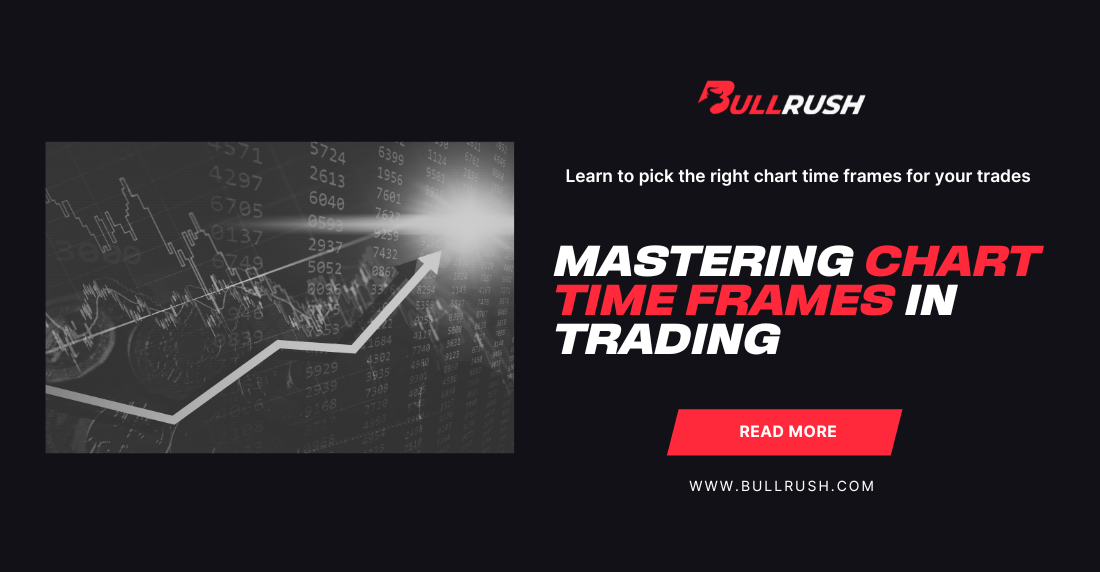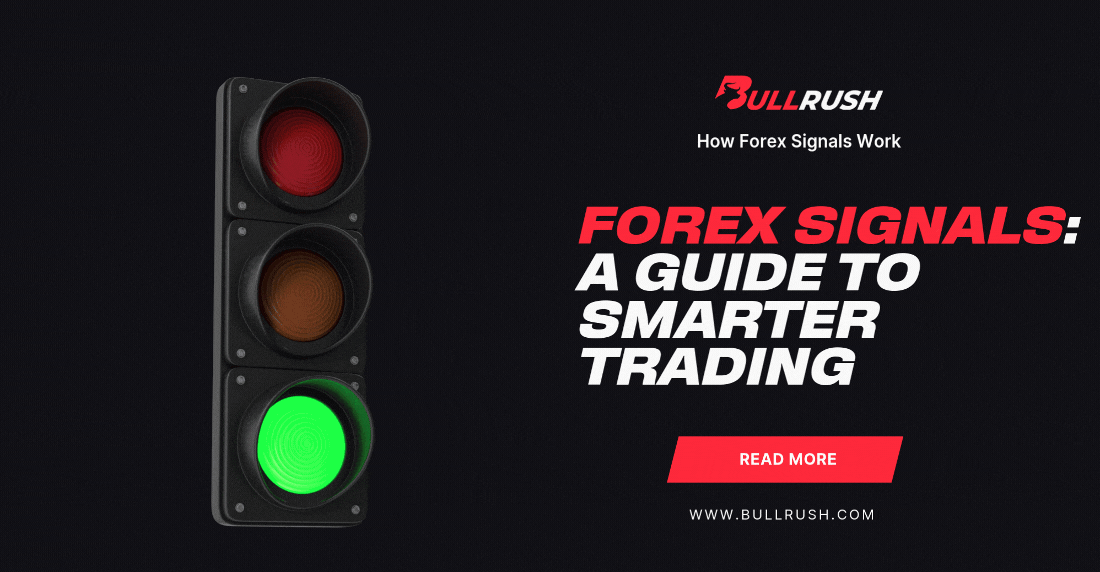
Mastering Chart Time Frames in Trading
Roughly two‑thirds of retail forex traders lose money. The takeaway?
Losses aren’t always caused by bad ideas. In fact, they often come from playing the right idea at the wrong slice of time. Imagine catching what looks like a perfect breakout on a 5‑minute chart… only to realize the daily chart is flashing a glaring warning sign. In trading, time isn’t just a backdrop; it’s the lens that can bring the market into sharp focus or blur it beyond recognition.
Let’s crack open the logic of chart time frames, explore how to align them for precision, and show you how to transform time itself into a competitive edge. No matter if you’re scalping for seconds or holding for months, consider your chosen time frame as the heartbeat of your trading strategies.
What Chart Time Frames Really Are
Every chart is a story told in slices of time. A 5‑minute candle compresses 5 minutes of fear and greed; a daily candle compresses an entire session of battles. Change the slice, change the story. The same market can look bullish on the 5‑minute, neutral on the 1‑hour, and bearish on the daily. If you don’t control the lens, the lens controls you.
Time frames matter because they define your risk, your holding period, and your expectations. Lower time frames give fast feedback but more noise; higher time frames give cleaner structure but slower signals. Your job is to pick the slice that matches your objectives. Not your mood.
Tip: Before you place any trade, say out loud: “My trade lives on the __ time frame.” If you can’t fill in the blank instantly, you’re not ready to click.
Sum up:
- Time frames are lenses; they change what you see.
- Lower = faster & noisier. Higher = slower & cleaner.
- Align the slice with your objective, not your emotions.
Top‑Down First: Context → Setup → Trigger
A pro workflow starts big and zooms in. The higher‑time‑frame (HTF) defines bias and key levels; the mid‑time‑frame (MTF) shapes the play; the low‑time‑frame (LTF) times the entry. Think: map → route → turn signal.
Example: Daily marks a major resistance zone; 1‑hour shows a lower‑high forming under it; 5‑minute prints a rejection wick and volume surge. That’s alignment. You’re not guessing; you’re stacking probabilities across time.
Tip: Draw levels on the HTF first (daily/weekly), then lock them. Do not redraw them on the LTF just to fit a narrative.
Sum up:
- HTF = bias and levels; MTF = structure; LTF = entry.
- Zoom in only after context is clear.
- “Map → route → turn signal” keeps you from forcing trades.
Pick a Primary Time Frame That Fits You
Your primary time frame is where your trade lives. It should match your schedule, attention span, and stress tolerance. If you can only check charts twice a day, the 5‑minute is sabotage. If you love quick decisions and tight risk, the 1‑hour may feel glacial.
As a rule of thumb: scalpers live on 1–5m, day traders on 5–15–60m stacks, swing traders on 1H–4H–D, and position traders on D–W–M. None is “better.” The best is the one you can follow with discipline.
Tip: Audit your last 10 trades. For each, write the intended holding period vs. the actual. If they don’t match, your time frame selection is off.
Sum up:
- Choose a time frame that suits your life, not someone else’s.
- Define the holding period before entry.
- Consistency beats excitement.
Intraday vs. Swing vs. Position: Typical Stacks that Work
To reduce noise while keeping precision, use a three‑layer stack:
- Intraday: 60m (bias) → 15m (setup) → 5m (trigger)
- Swing: Daily (bias) → 4H (setup) → 1H (trigger)
- Position: Weekly (bias) → Daily (setup) → 4H (trigger)
Why stacks work: each layer filters the other. HTF prevents you from shorting into a weekly uptrend; LTF keeps your entries sharp with tight stops. The MTF is the glue that turns a view into a plan.
Tip: If your LTF signal fights your HTF bias, skip it or downsize drastically. Asymmetric risk hides in misalignment.
Sum up:
- Use a 3‑layer stack for clarity and timing.
- HTF protects you from fighting big flows.
- LTF gives precision; MTF connects the dots.
Signal vs. Noise: The Trade‑Off You Must Respect
Lower time frames feel exciting because they move. But movement isn’t always information. Spreads, slippage, and microstructure quirks bite harder when you’re trading seconds and ticks. That “perfect” 5‑minute breakout can be a 1‑hour fake.
Higher time frames remove noise but add latency. You’ll enter later, but you’ll often be on the right side of the move with less churn. Fewer trades, cleaner reads, better sleep.
Tip: Track your net expectancy by time frame (win rate × avg win − loss rate × avg loss − costs). The time frame with the best net is your money lens.
Sum up:
- LTF = speed + costs + noise; HTF = slower but cleaner.
- Expectancy, not excitement, decides your time frame.
- Costs matter more the lower you go.
Multiple Time Frame Alignment: How to Actually Enter
Alignment means your LTF trigger happens inside an MTF structure that respects the HTF bias. For longs: HTF uptrend, MTF higher‑low into support, LTF prints a reversal pattern with rising volume. For shorts: the mirror image.
Your stop should live where your idea is wrong on the LTF, but your target should respect the MTF/HTF structure (prior swing highs/lows, key moving averages, VWAP/AVWAP zones, or major levels). That’s how you keep R:R sensible.
Tip: If you can’t describe the alignment in one sentence (“Daily uptrend → 1H pullback → 5m reversal at daily level”), you don’t have it.
Sum up:
- Enter when LTF trigger aligns with MTF structure & HTF bias.
- Place stops by LTF invalidation, targets by HTF/MTF levels.
- If you can’t explain it simply, it isn’t aligned.
The Time Frame Traps That Drain Accounts
Time‑frame hopping: Switching to a smaller chart to justify staying in a bad trade, or to a bigger chart to avoid stopping out. That’s not analysis; that’s denial.
Zoom bias: Everything looks tradable at 1–5m. But if the hourly says “range,” your LTF “trend” is likely chop. Add indicator mismatch to the pile (using a 14‑period RSI on 1m like it’s gospel) and you’re building a whipsaw machine.
Tip: Lock your plan before the session: bias time frame, setup time frame, trigger time frame. Breaking the stack is a rule break, not a “tweak.”
Sum up:
- Hopping charts to justify decisions = self‑sabotage.
- Zoom bias turns ranges into fake trends.
- Keep indicators consistent with purpose and time frame.
Build Your Time‑Frame Rulebook (Repeatable > Genius)
A rulebook turns time from chaos into process. Example for a day‑trader: Bias on 60m; only long if price above 60m VWAP and D‑level; setup on 15m pullback; trigger on 5m rejection + volume spike; stop below LTF invalidation; partials at MTF levels; full exit at HTF resistance.
Pre‑tag every trade with its stack (“60/15/5 long”) so you can measure what truly works. Over 50–100 samples, you’ll see which stacks and conditions print profits, and which just print stress.
Tip: Journal screenshots of all three layers per trade (HTF/MTF/LTF). Without receipts, there’s no learning.
Sum up:
- Write your HTF/MTF/LTF rules before the session.
- Tag trades by stack to measure edge.
- Screenshots turn anecdotes into data.
Time Frames by Market: Stocks, Futures, Crypto, FX
Not all markets “tick” the same. Equities have an opening auction and lunchtime lull; futures trade nearly 24/5 with session structure; crypto runs 24/7 with weekend quirks; FX has overlapping sessions and a distinct Asian/Europe/US rhythm.
Match your frame to the heartbeat. For equities, many intraday traders skip the first 5–15 minutes to avoid opening noise, then use 5–15/60m stacks. For FX, 15m/1H/4H stacks adapt well to session flows. For crypto, 1H/4H/D often filters the 24/7 grind.
Tip: Whatever you trade, mark session opens/closes and major economic events on your chart: these time boundaries reshape behavior across frames.
Sum up:
- Markets have different rhythms; adapt your stack.
- Respect session opens/closes and event windows.
- One universal recipe doesn’t exist.
Close It Out: Trade in the Right Slice of Time
Time frames aren’t decoration; they’re the geometry of your edge. Pick a primary frame that fits your life, build a stack that aligns context and trigger, and practice until your execution is boringly consistent.
Ready to prove it? Join BullRush. Test your time‑frame rulebook against real‑time markets, climb the leaderboard, and turn the process into payouts.
Create your free BullRush account, spin up a BYOC with your time‑frame rules, and compete today.
Trade. Compete. Win.
FAQs
Q: What’s the “best” time frame for beginners?
There isn’t one. Start with a swing stack (Daily → 4H → 1H) to learn structure without the noise and costs of ultra‑low frames.
Q: Why use multiple time frames?
It stacks probabilities: HTF gives trend, MTF shapes setup, LTF nails the entry.
Q: Can I switch time frames mid-trade?
Not unless it’s in your plan. Mid-trade hopping = denial, not strategy.



